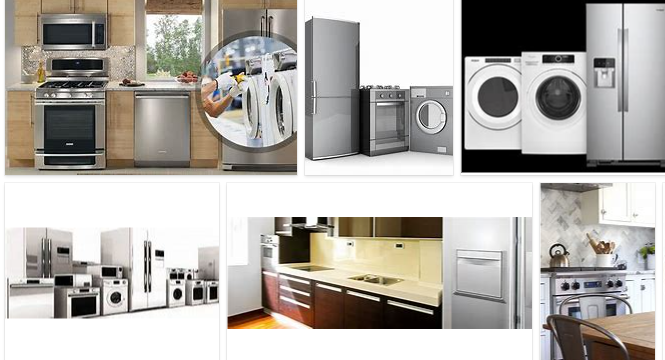🔧 How to Repair Home Appliances: What You Need to Know
Whether it’s a refrigerator, stove, or microwave, we all rely on home appliances every day. They’ve become an essential part of modern life—helping us cook, clean, and live more comfortably. To ensure they work efficiently and consistently, it’s often best to rely on trained and certified repair professionals when problems arise.
But first, let’s explore what home appliances are and why repairs might be necessary.
🏠 What Are Home Appliances?
Also known as domestic appliances, home appliances are machines designed to make life more convenient. They generally serve purposes such as cooking, cleaning, or food preservation, and are divided into three main categories:
🔌 1. Small Appliances
These are handheld or portable devices usually placed on countertops or shelves, and include:
-
Cleaning: Vacuum cleaners, carpet shampooers
-
Food & Drink: Coffee machines, kettles, juicers
-
Climate Control: Electric heaters, fans
-
Cooking: Microwaves, toasters, hot plates
-
Lighting: Desk lamps
-
Other: Irons, garment steamers, smart speakers like Alexa
Small appliances are affordable, versatile, and improve overall quality of life.
🧺 2. Major Appliances (White Goods)
These are larger, more permanent fixtures in a home. Often powered by electricity or gas, they’re referred to as “white goods” due to the enamel-coated white steel that was once standard. Common examples include:
-
Cooking: Ovens, stoves, microwaves
-
Laundry: Washing machines, dryers
-
Food Storage: Refrigerators, freezers
-
Cleaning: Dishwashers
-
Comfort: Air conditioners, water heaters
📺 3. Consumer Electronics
Often used for entertainment, communication, or leisure, these are sometimes called brown goods (especially in the UK), to avoid confusion with kitchen appliances. Examples include:
-
Entertainment: TVs, radios, DVD players
-
Recreation: Cameras, gaming consoles, drones
-
Communication: Mobile phones, laptops, printers, routers
🔄 Why Should You Repair Appliances Instead of Replacing Them?
Appliances are in constant use. From preparing meals to staying in touch with loved ones, these devices keep our lives running smoothly. So when one fails, repair is often a smarter choice than immediate replacement—especially if it meets the 50% rule:
💡 The 50% Rule: If a device is over 50% through its expected lifespan and the repair costs more than 50% of a new one, consider replacing it. Otherwise, repair is usually the better option.
💰 Key Benefits of Appliance Repair
✅ 1. Cost-Effective
Repairs usually cost far less than buying a new appliance—especially if only a small part needs replacement. Buying a single component is often a fraction of the cost of replacing the entire unit.
✅ 2. Convenience
Large appliances (like refrigerators) can be difficult to replace:
-
Will the new unit fit in the space?
-
How will you dispose of the old one?
-
Will you need to pay extra for delivery, removal, or recycling?
Repair avoids this hassle.
✅ 3. Environmental Impact
Extending the life of an appliance reduces waste and helps the environment. Fewer appliances in landfills = greener homes.
🛠️ When to Call a Repair Technician
While some minor issues (like cleaning filters or replacing knobs) can be handled at home, you should call a professional if:
-
The appliance is under warranty
-
The issue involves gas, wiring, or structural components
-
You’re unsure about the cause of the problem
Always check for authorized repair services to maintain safety and ensure compatibility with your device.


